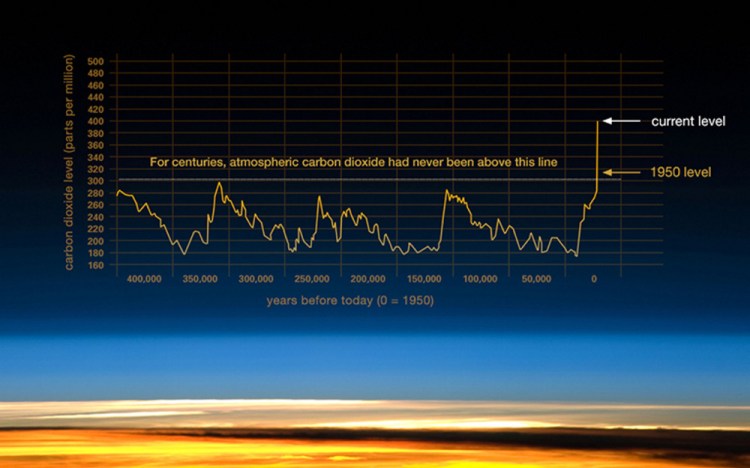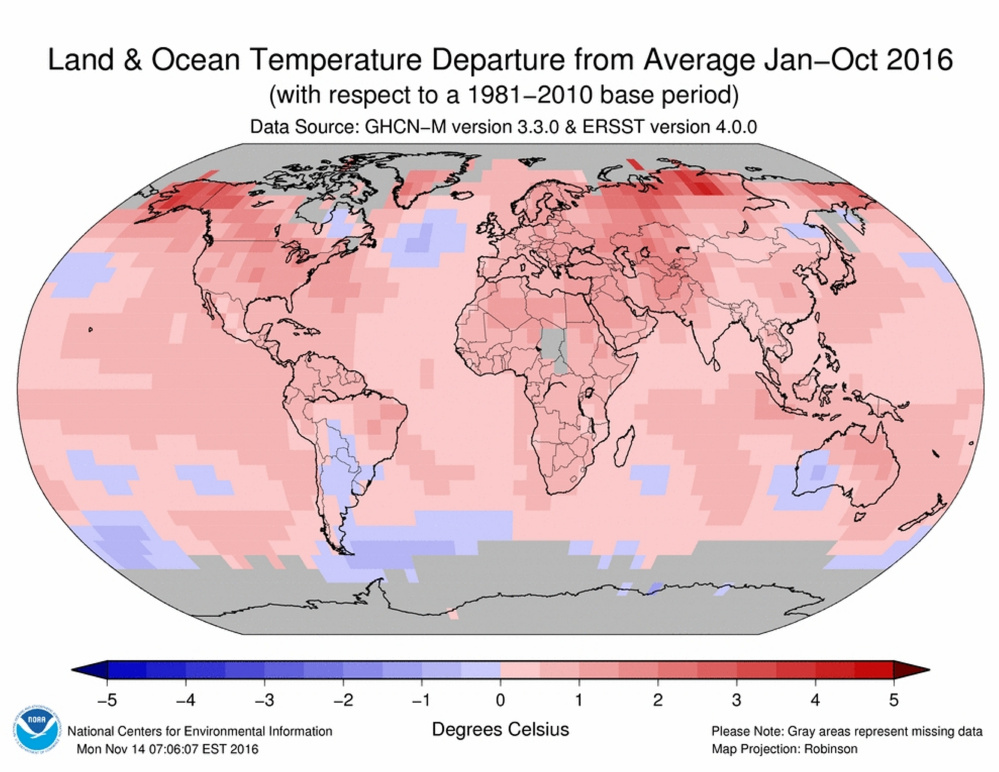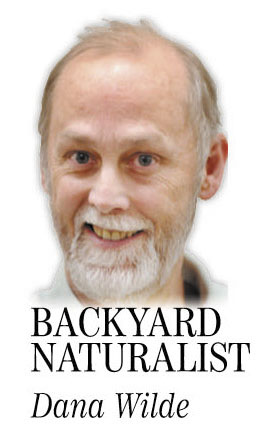Here’s one you might not have known before. In early December 1952, fog settled over London. This was not news, at first, because anyone who’s been in London in winter knows the place is damp. But within a few days this fog got so thick it was literally dark during daylight hours. Visibility in places was just a few feet. People were having trouble breathing. When the fog lifted less than two weeks later, somewhere between 4,000 and 12,000 people were dead and 150,000 had been hospitalized.
The scientists knew the lethal fog involved sulfate in the atmosphere but didn’t know exactly how it worked. Recently some scientists in China made a detailed study of pollution in Beijing, compared their findings to the London disaster’s, and figured it out: Nitrogen dioxide from coal smoke facilitated the conversion of sulfur dioxide in fog to, ultimately, sulfuric acid, which you might remember from high school chemistry class is outright dangerous.
I’ve been to Beijing in winter, summer and spring, and I know why the Chinese scientists wanted to find out what happened in London. Their clear days are as bad, experientially, as our worst ozone-level days here in Maine. Shanghai is not much better, and on the worst days, you feel like you’re running a risk of sinus damage. Literally. And not to overemphasize one person’s anecdotal experiences, but in the Portland-size city where I lived in Bulgaria for a couple of years, my walk to the university early on winter mornings left me short of breath. I was literally gasping on coal smoke.
Pollution like this has been going on for a couple of hundred years over much of the Earth. Measurements show there has been a significant spike in atmospheric carbon dioxide over this same time span. Carbon dioxide is a greenhouse gas, meaning it traps heat in the atmosphere. And sure enough, measurements also show the Earth’s atmosphere has been heating up since we started spewing large amounts of CO2 during the Industrial Revolution. The World Meteorological Organization predicts 2016 is going to be the hottest year, globally, on record. The previous hottest year was 2015. And before that it was 2014. You get the picture. I hope.
The climate scientists agree practically unanimously that humans are stoking the atmosphere with greenhouse gases that are heating things up. I know there are people who disbelieve the scientists. I’m coming to that.
But one thing you should know is that humans have directly caused ecological disasters. And not all of them have happened in slow motion. One, causing thousands of deaths, erupted in less than two weeks in London in 1952 — coal smoke. Another happened in the 1930s in the American plains: The Dust Bowl was created by the convergence of a severe drought and farmers who, persuaded to cash in on wheat markets, plowed the southern plains into what amounted to desert land. The direct consequence: wrecked land and human suffering.
Two examples; so what? Well, ask the people in Haiti, whose hills and mountains got basically clear-cut in the last century and now are so bare the country is in chronic environmental crisis — which gets worse whenever it rains. Other one-time human-caused calamities: the meltdown at the Chernobyl nuclear plant in 1986; the Union Carbide plant release of 30 tons of methyl isocyanate at Bhopal, India, in 1984 that killed 15,000 people; the Exxon Valdez spill in Alaska in 1989; the Fukushima and Tokaimura, Japan, nuclear plant disasters; the virtual disappearance of the Aral Sea because of irrigation projects; the explosion and fires from a ships collision in Halifax, Nova Scotia, in 1917, killing 2,000 people; the Great Pacific Garbage Patch — an enormous circulation in the Pacific Ocean of tons and tons of cast-off plastics. Then there were World War I, World War II (remember Hiroshima, Nagasaki and Dresden?), Agent Orange. How many equivalents have there been in the world of Love Canal, New York, where 21,000 tons of toxic chemicals were dumped near a residential neighborhood and poisoned the residents?
Meanwhile, the slow-motion disasters accumulate whether you pay attention or not. Glaciers — which provide millions of people with drinking water — are shrinking; glacial lakes in Tibet that contain the meltwater are expanding and threatening catastrophic flooding. Arctic sea ice keeps setting records for smallest extent (this October it averaged the lowest extent — 2.5 million square miles — in the satellite record). Worldwide temperature changes in freshwater lakes over the past 30 years are disrupting fisheries and have brought some lake regions to the brink of complete ecosystem loss. Historic drought in the West has led to terrific wildfires. Warming ocean water is changing the ecosystem in the Gulf of Maine, not the least of which possible consequences is the departure of lobsters north with cold water.
All this, the scientists keep repeating, is exactly what is expected to happen amid global climate change spurred by greenhouse gases.
Keep this in mind as I forecast for you that starting next year, there will almost certainly be an aggressive, government-backed publicity campaign to pretend that none of this is happening. We are almost certainly going to hear it repeated over and over in different ways, at different decibels, that global warming is not happening, or if it is happening, it has nothing to do with us. (Anyway, let’s cash in!) The National Oceanic and Atmospheric Administration web pages are apt to change radically, or even disappear. Misrepresentations similar to Ted Cruz’s ridiculous statement that satellites “have recorded no significant warming whatsoever for the last 18 years” are going to come at us from every governmental direction.
There is no reason to think the news media won’t report it all with a straight face. You’re going to hear this spew so much that you’re going to start thinking, hmm, maybe they’re right.
But you have to remember: They’re not right. They’re avaricious. They’re lying because they love money above all else. And they’re intent on taking us down that sewer with them.
Don’t let them snow you. Coal smoke was poison in 1952, and it’s poison now. Rachel Carson was right in 1962, and she’s still right now.
Dana Wilde lives in Troy. His book “Summer to Fall” is available from North Country Press <http://www.northcountrypress.com/summer-to-fall.html>. You can contact him at naturalist1@dwildepress.net. Backyard Naturalist appears the second and fourth Thursdays each month.
Send questions/comments to the editors.





Comments are no longer available on this story